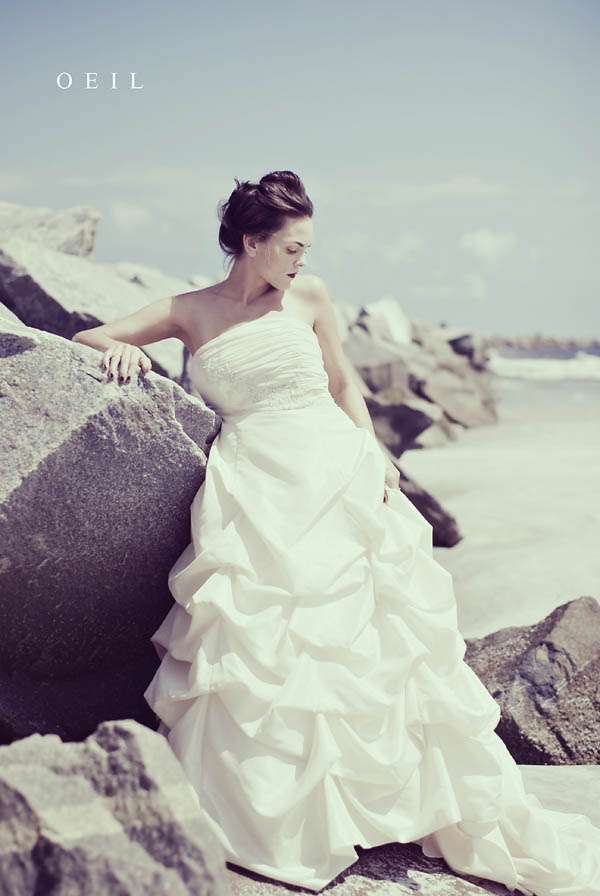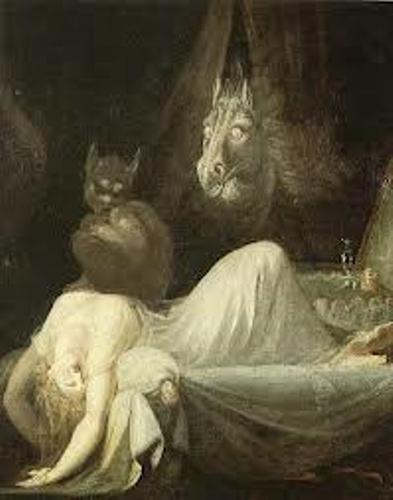

Joseph Andrews is a response to Pamela in the form of a parody of sorts. B), which seemed so real to audiences at the time that they actually believed Pamela Andrews existed.
GOTHIC LITERATURE VS MAGICAL REALISM SERIES
However, it is presented in a series of letters with censored information (her lord is only ever called Mr. In the end, she gets married and becomes nobility, which is highly unrealistic for the times. Pamela is about the titular servant girl who finds herself in the service of a gentleman who attempts to seduce her. Richardson's infamous novel, Pamela, and Fielding's Joseph Andrews are both clear examples of formal realism and how it portrays reality through they way the story is presented more than in the story itself. He becomes a hybrid between bad and good. A Gothic bad guy oftentimes has such such a sympathetic psychology and past that readers stop thinking in simple terms of black and white. Sometimes, you'll see a villain whose complex, conflicting psychology makes him the most interesting and likable character in the story.

So the good guy might look like a monster when the bad guy is a total heart- breaker. Gothic lit likes to flirt with the boundary between good and evil and keep us guessing which is which. Just as the hero or protagonist is typically flawed in Gothic lit, the villain often has extremely attractive qualities. (Think Lord Dracula, Heathcliff, and Dorian Gray.) Gothic villains often pose as innocents or victims.

Monsters, demons, witches, ghosts, banshees, vampires, and other supernatural creatures often play parts in Gothic fiction. Gothic lit often elicits intense, suspenseful feelings of fear, shock, dread, or disgust in the reader.

The past is somehow still living, breathing, and controlling the drama. Common Gothic plots include revenge, familial secrets, prophecies, and curses. In line with its settings, Gothic lit often romanticizes and revisits the past.
GOTHIC LITERATURE VS MAGICAL REALISM FULL
The outside world in Gothic literature is usually portrayed as being a dark, wild, and treacherous place full of wrathful weather, malevolent forests, and ghostly graveyards. You also see dark, cramped, and claustrophobic interiors with hidden doors and secret passageways, settings with hidden skeletons. In Gothic lit, you see lots of haunted houses, cobwebbed castles, derelict churches, and other once-glorious architecture that has fallen into disrepair. “Gothic” also alludes to a style of grand, ornate architecture in France in the 12th century. "Gothic Fiction" Is Often Called "Gothic Horror" Elements and Conventions of Gothic Literature


 0 kommentar(er)
0 kommentar(er)
